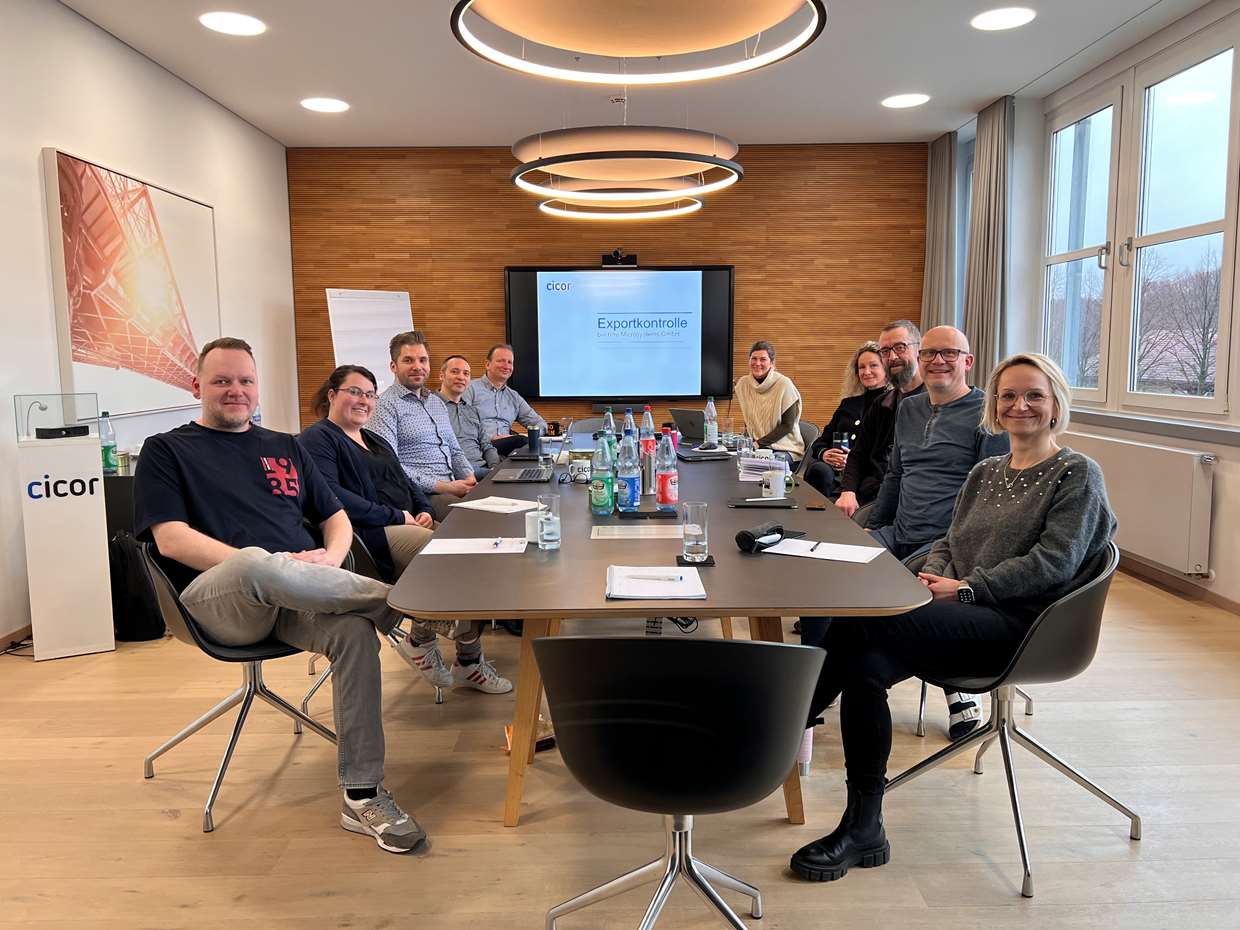Radeberg, Germany
Learning beyond borders: the success story of colleagues from different Cicor sites
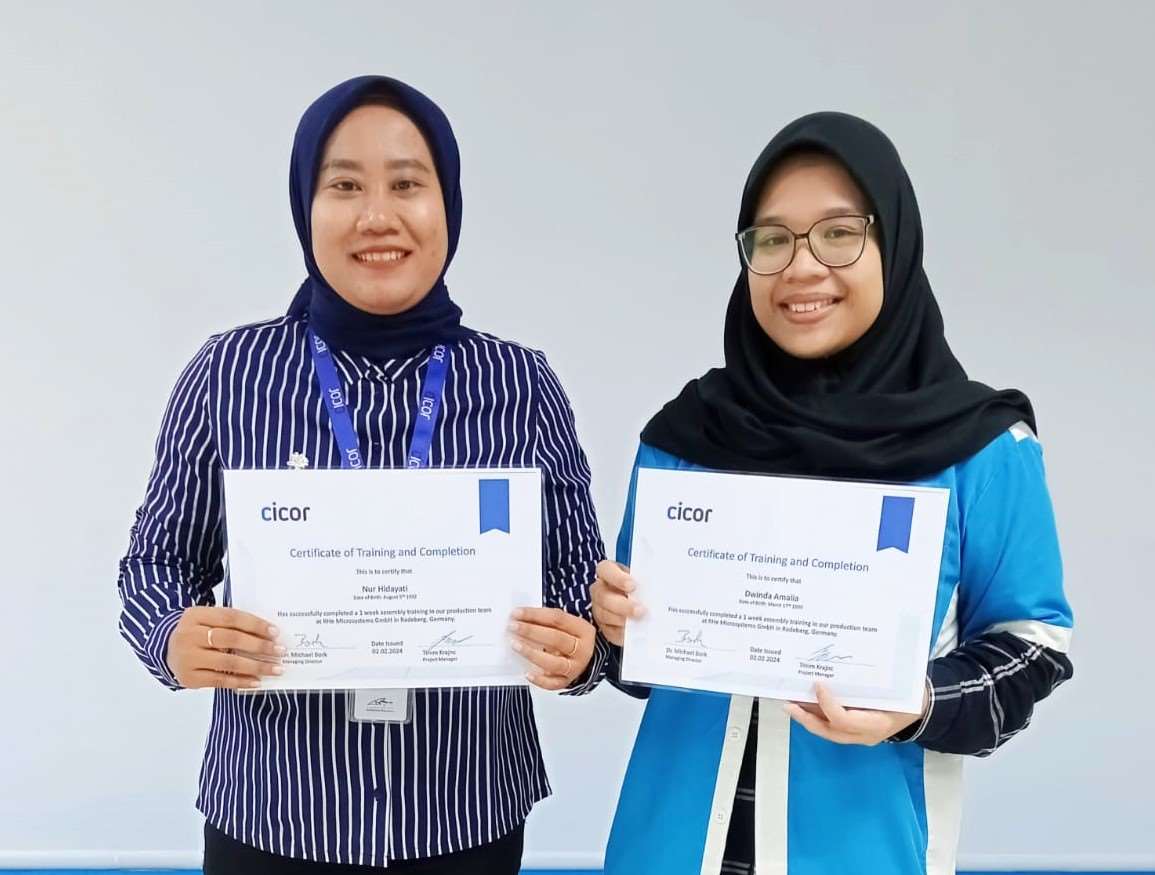
For several years, the Cicor Group has been manufacturing electronic glasses for a customer that use light pulses to treat myopia. These glasses are classified as a medical device according to ISO 13485 and are intended to help children, mainly in Asia, to correct their eyesight. Why primarily in Asia, you may ask. In contrast to Europe and the USA, where myopia is estimated at 30-40%, in Asia it is up to 80%.
The product itself consists of glasses, which are currently manufactured at the Cicor site in Radeberg (Germany), and an electronic housing for charging the glasses, which is manufactured at the Bronschhofen site (Switzerland). Part of the spectacle production and the housing are currently being transferred to Cicor in Batam (Indonesia). In the future, PCBA production for the glasses will take place in Radeberg and assembly in Batam. For this reason, Agus Supriadi, Dwinda Amalia and Nur Hidayati from Cicor Batam visited our site in Radeberg from January 15 to 19, 2024.
They received expert on-site support and training from Carolina Jockusch and Timm Krajnc. The product involves many process steps, from PCB assembly and various electrical tests to optical bonding and final assembly.
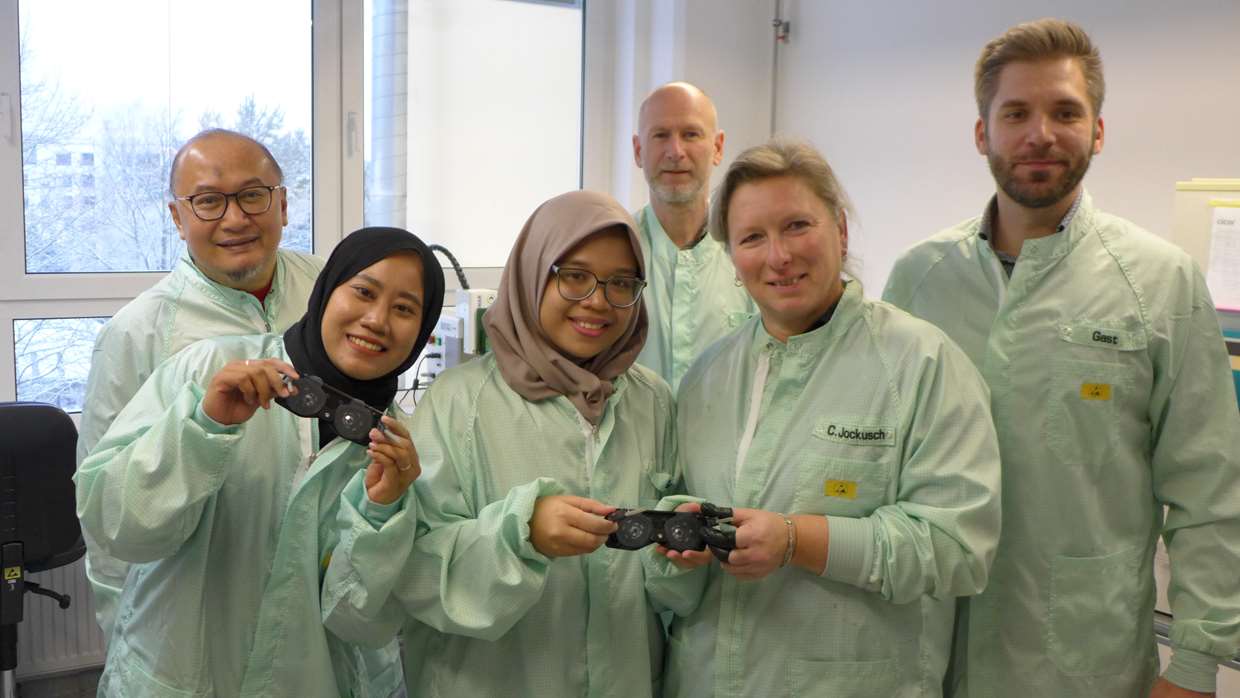
The successful collaboration and joint efforts of each of us have shown that distance is no limit to teamwork. Here’s to continued productive and inspiring collaboration! #WeAreCicor
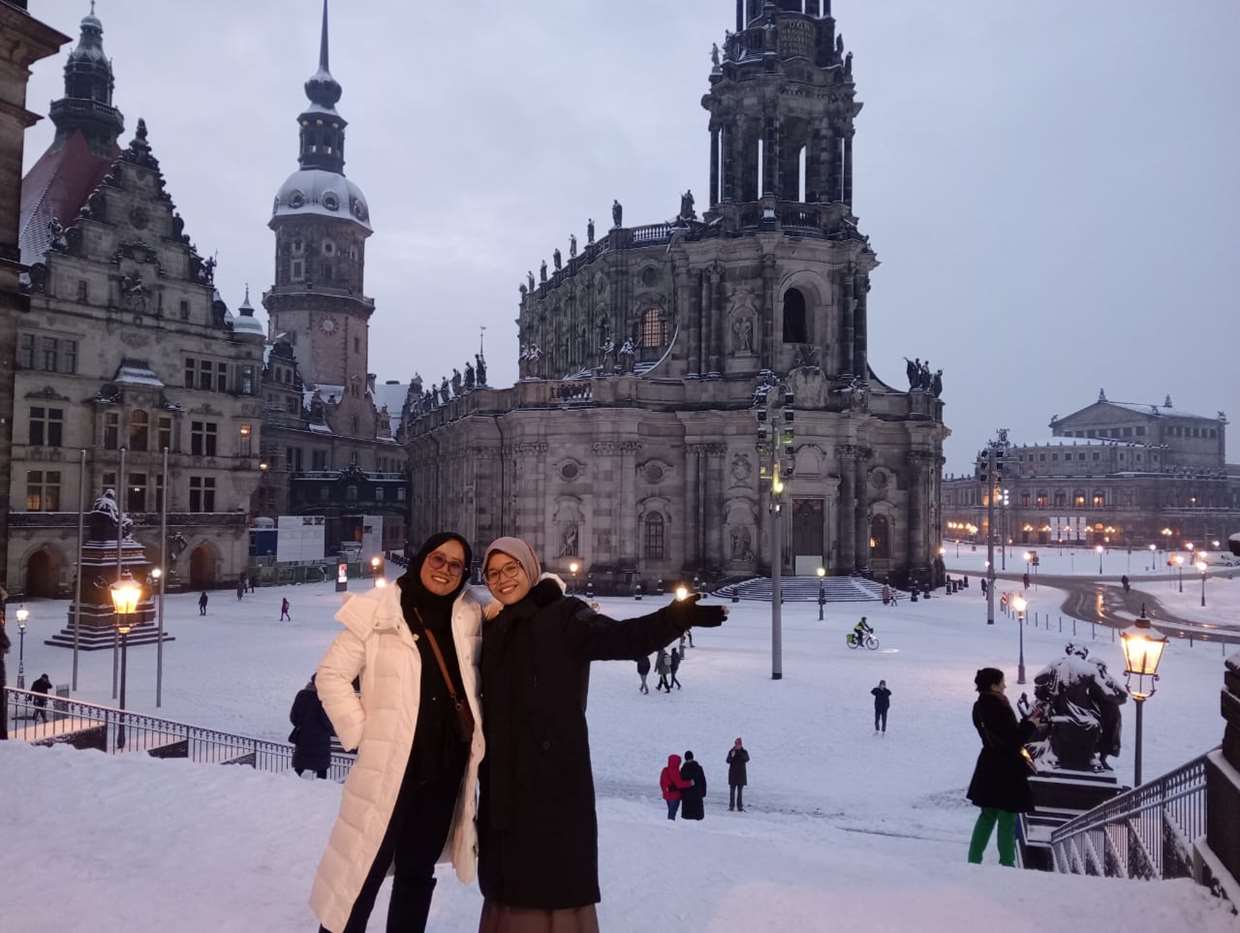
Thin wire bonder investment
The growth of the site in Radeberg requires an extension of the production capacity also for wire-bonding.
Cicor RHe Microsystems GmbH put a new thermosonic ball wedge thin wire bonder into operation in February 2024. The fully automatic high-speed wire bonder "Bondjet BJ855" by Hesse Mechatronics GmbH can be used for a fully automatic process as well as for manual operation. The machine can be used to process Au thin wires between 17.5 µm and 50 µm.
The built-in "bi-transducer" is the centrepiece of the bonding head and can be operated at either 120 kHz or 60 kHz, which considerably increases the range of applications for the bonder. The large working area (X: 305 mm; Y: 410 mm; Z-stroke: 31 mm) offers the possibility to process a wide range of product formats. The built-in heating table and the debonding station enable adjustable bonding temperatures of up to 200°C.
The integrated "E-Box" visualisation system enables control-supported and reproducible setup of the bond head elements. It includes a camera for optical visualisation of the bonding capillary and wire guide as well as extensive graphical aids for adjustment and position control.
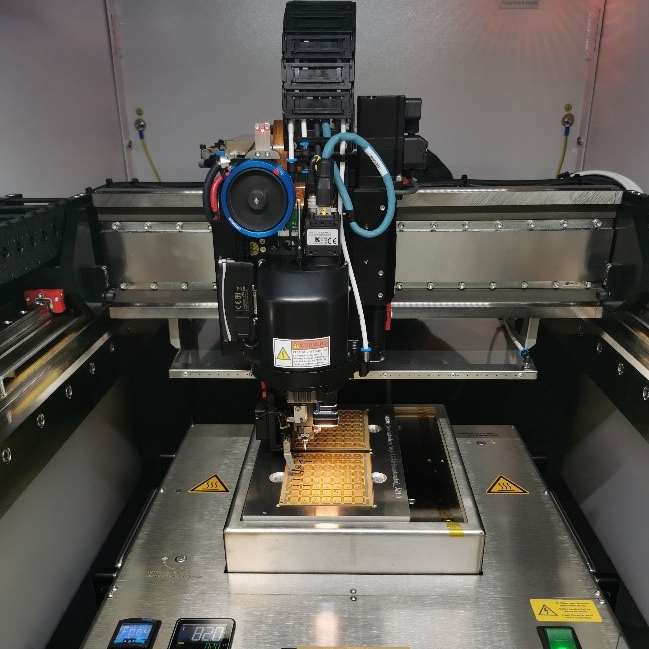
The E-Box significantly reduces the time required for adjustment work per machine.
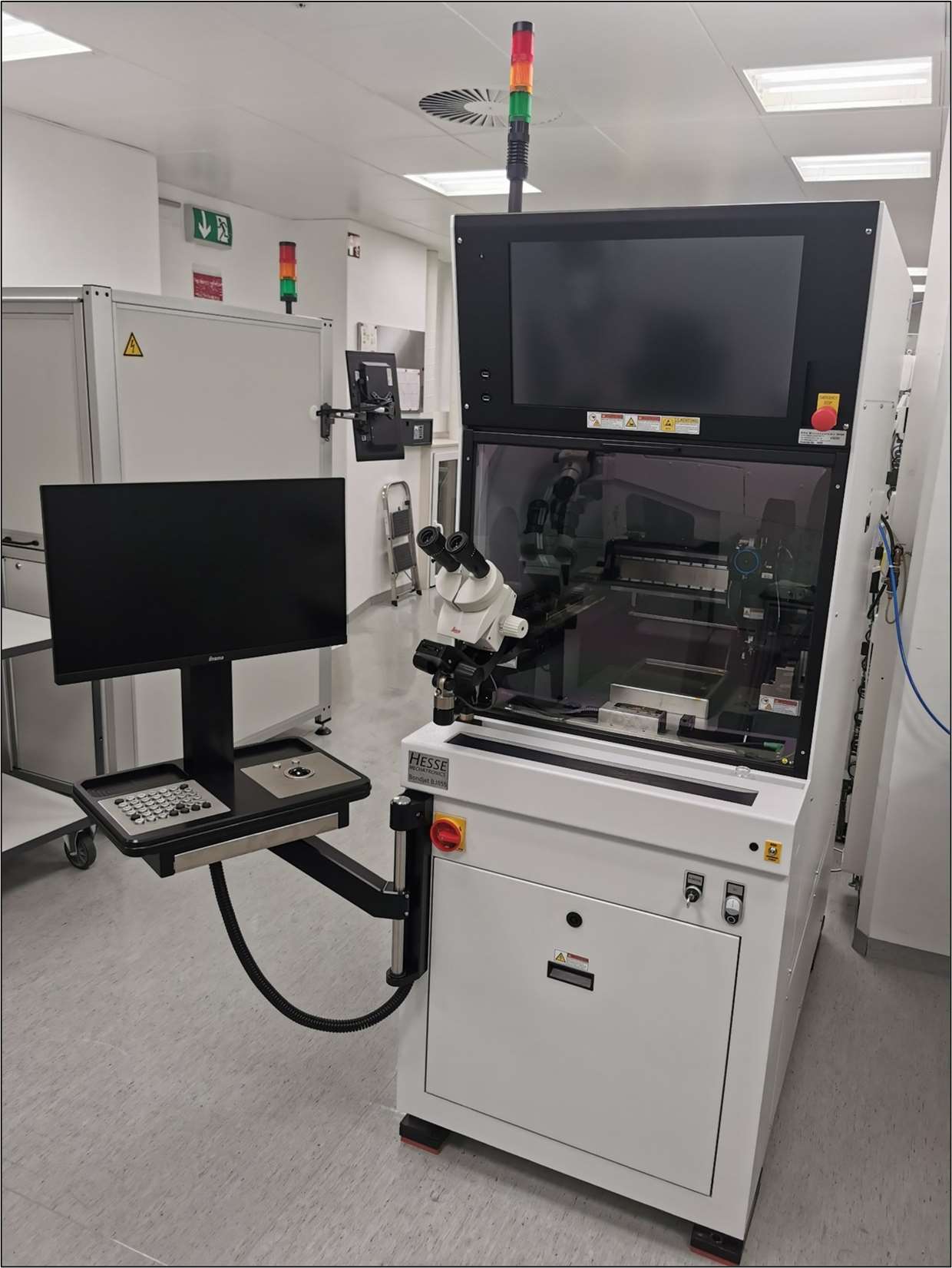
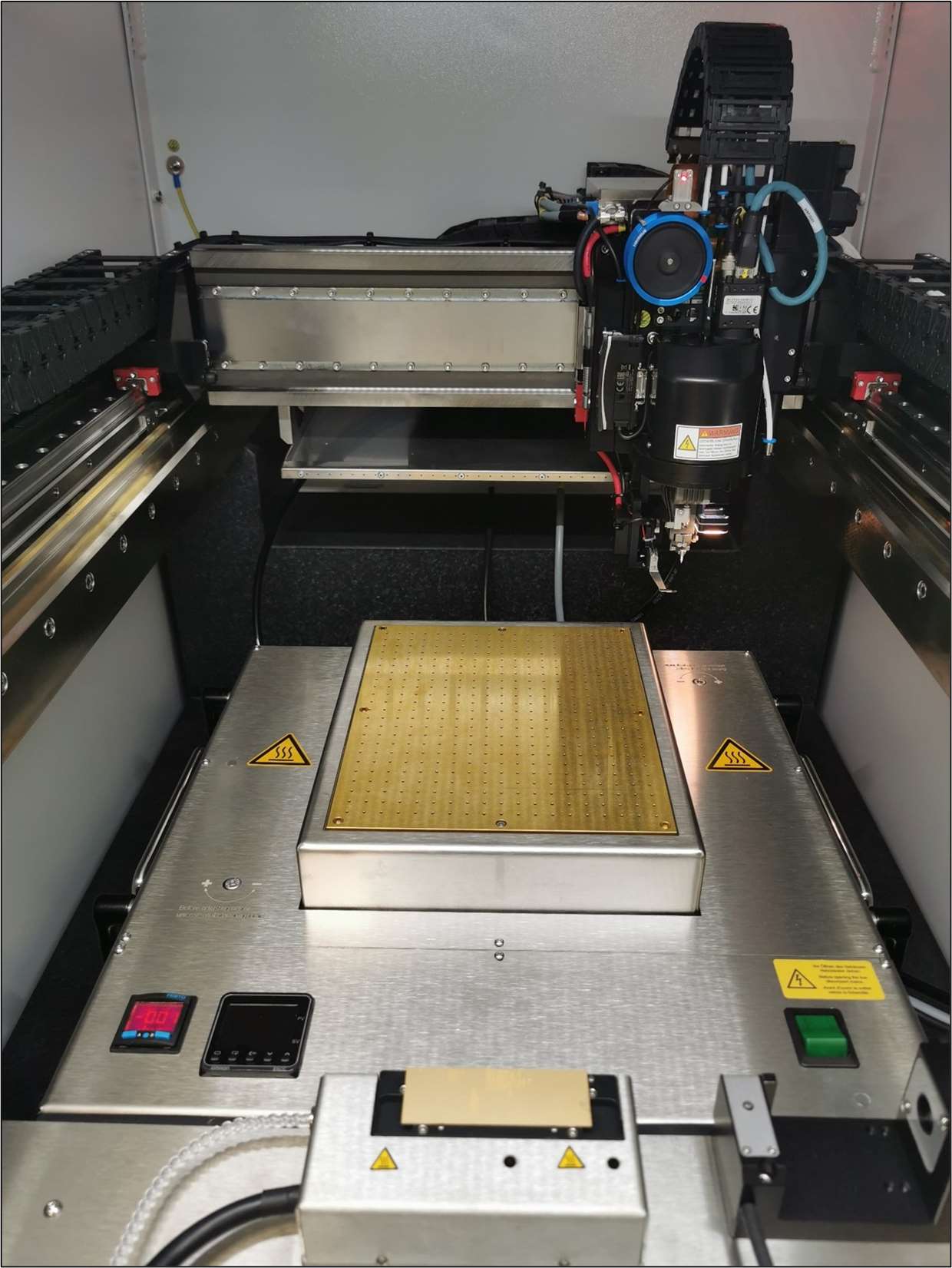
With an outstanding speed of 2 wires per second and a repeat accuracy of ±1 µm (at 3 σ), the system is state of the art.
With this investment, Cicor RHe guarantees both the continued high quality and the flexibility between manufacturing in small series and production in large quantities.
Boris Garkuscha
Process Engineering
Investment in a second COBOT system
Thanks to simple programming and innovative tool systems, modern cobots (collaborative robots) support companies with more complex tasks in process automation.
The fully automated assembly of measuring stations using a mobile COBOT "UR5" from Universal Robots GmbH was already successfully implemented in 2021. In order to be able to reliably process increased production quantities in a three-shift operation, another COBOT of the new generation "UR5 e-series" was put into operation in 2024. Once the risk assessment has been successfully completed, COBOTs can work beside or with humans without guards.
The following work was carried out when merging the robot systems and the measurement processes at the existing test stations:
- Measuring station adaptation with automatic contacting of the high-frequency measuring head to the test base using a linear drive from item®
- Installation of a stationary protective cover with integrated safety light curtain for protection by emergency stop in the event of intervention during the active contacting / measuring process
- Realisation of an automatic restart after the end of the hazardous situation
- Extension of the existing test programme for controlling the linear drive and communication with the robot via the MODBUS® protocol to start the measurement cycle after placement and transfer of the measurement result to the robot for storage in error categories after the measurement
- Complex programme creation on the robot with high-precision image processing system
- Intelligent safety monitoring to prevent intervention in the work area through emergency stop and automatic restart on the robot
- Process stability - automatic detection means that incorrect insertion or a forgotten measurement is NO longer possible
Project team:
Steffen Richter
Test Engineering
Boris Garkuscha
Process Engineering
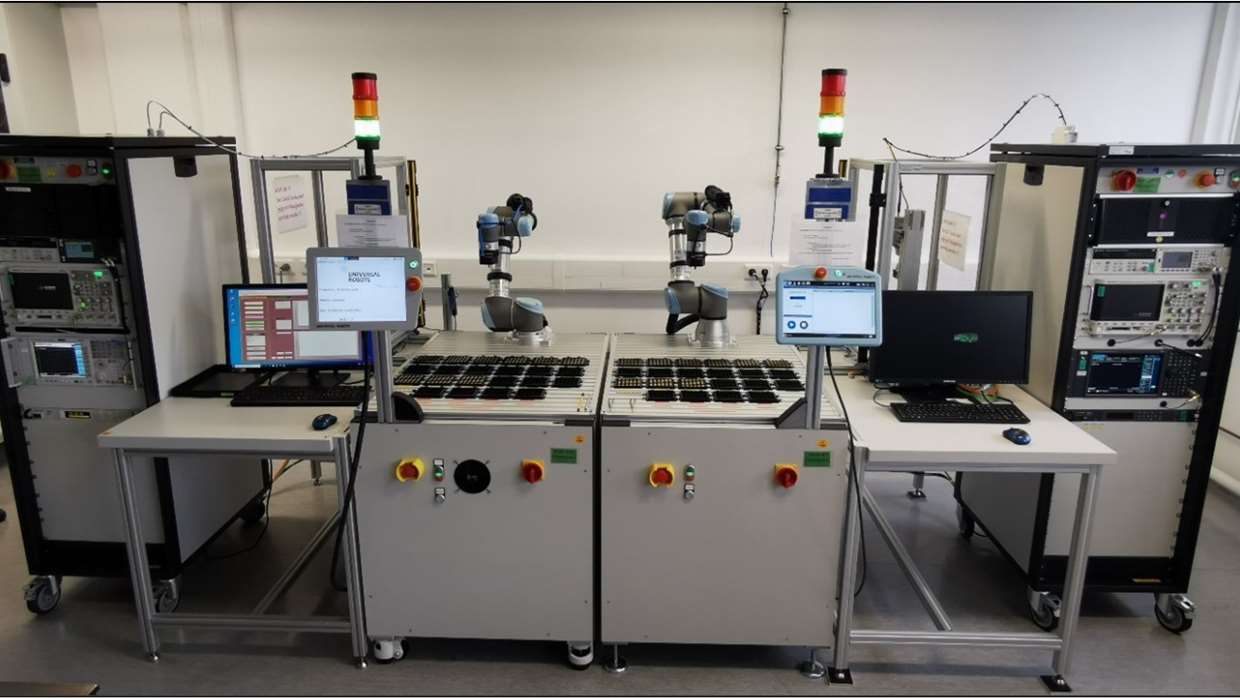
Export control training
On 7 February, Anja Greising conducted an exposure control training.
